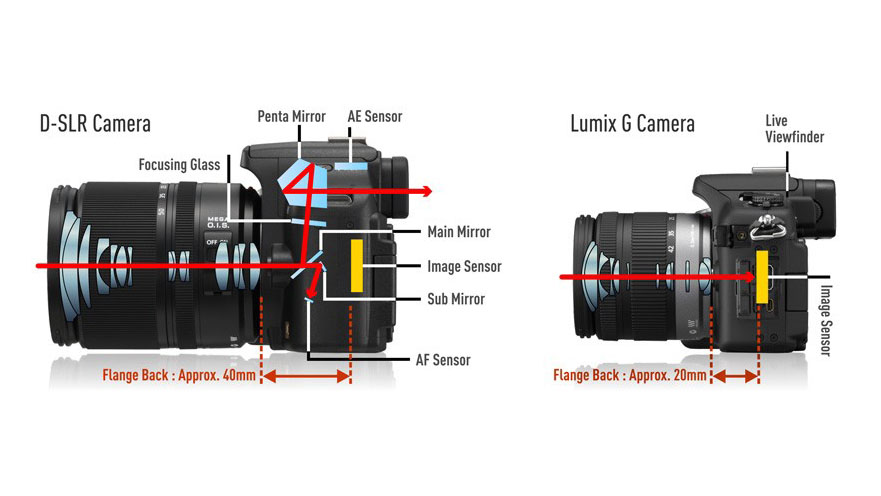When it comes to capturing stunning photographs, the choice between a DSLR (Digital Single-Lens Reflex) camera and a mirrorless camera is a crucial decision. Both camera types offer unique features and benefits, making it essential to compare the latest DSLRs and mirrorless cameras. In this article, we will delve into the key aspects of these camera systems, examining their performance, features, and advantages to help you make an informed decision when investing in a new camera.

1. Performance:
DSLRs have long been renowned for their excellent performance, thanks to their optical viewfinders and fast autofocus systems. However, mirrorless cameras have made significant advancements in recent years, offering electronic viewfinders with real-time previews and autofocus systems that rival DSLRs. Assess the performance of both camera types in terms of autofocus speed, continuous shooting capabilities, and low-light performance to determine which aligns better with your photography needs.
2. Size and Weight:
One significant advantage of mirrorless cameras is their compact and lightweight design. Due to the absence of a mirror box and optical viewfinder, mirrorless cameras can be significantly smaller and lighter than DSLRs. This makes them more portable and convenient for travel and on-the-go photography. DSLRs, on the other hand, tend to be bulkier and heavier, especially when paired with larger lenses. Consider the importance of size and weight in your photography endeavors.
3. Lens Selection:
Both DSLRs and mirrorless cameras offer an extensive range of compatible lenses. However, DSLRs have been around for longer, resulting in a wider selection of lenses from various manufacturers. Mirrorless camera systems, particularly those from industry leaders, have rapidly expanded their lens offerings and now provide an impressive range of high-quality lenses. Assess the availability and compatibility of lenses for your desired camera system, considering your photography genres and future lens expansion possibilities.
4. Image Quality:
Both DSLRs and mirrorless cameras are capable of capturing exceptional image quality. The image sensors and processors used in modern cameras greatly influence image resolution, dynamic range, and overall image quality. Compare the image quality produced by the latest DSLRs and mirrorless cameras through sample images and expert reviews to understand their performance in various shooting conditions and genres.
5. Video Capabilities:
The video capabilities of cameras have become increasingly important, especially for content creators and videographers. Mirrorless cameras often excel in this area, offering features like high-resolution video recording, advanced autofocus tracking, and in-body image stabilization. DSLRs, while capable of recording high-quality video, may have limitations in terms of autofocus and stabilization. Assess the video capabilities of both camera types to determine which best suits your videography needs.
6. Battery Life:
Battery life is an essential consideration for photographers, especially during long shoots or travel. DSLRs generally have an advantage in this area, as their optical viewfinders consume less power compared to the electronic viewfinders of mirrorless cameras. Mirrorless cameras have made significant improvements in battery life in recent years, but DSLRs still tend to offer longer shooting sessions per battery charge. Consider your shooting style and the availability of spare batteries when evaluating battery life.

Conclusion:
Comparing the latest DSLRs and mirrorless cameras involves assessing their performance, size and weight, lens selection, image quality, video capabilities, and battery life. Both camera types offer unique advantages, and the right choice depends on your specific photography needs and preferences. By examining the key aspects and considering your photography style, genres, and portability requirements, you can make an informed decision that will elevate your photography experience and capture stunning images for years to come.